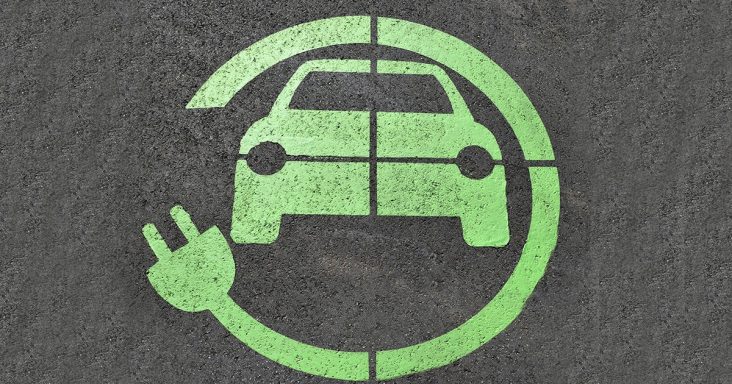HFA officials provide insights on electric vehicle chargers
by October 3, 2022 9:54 am 415 views

Officials said that those looking to install electric vehicle (EV) charging infrastructure should build to upgrade as the technology is changing rapidly.
Leaders with HFA, a Bentonville-based architecture and engineering firm, recently hosted a webinar about EV charging and the expected expansion of the infrastructure to allow for the projected rise in EVs on the road.
Garrett Small, civil and landscape lead for HFA, said while EVs comprise about 6% of vehicles on U.S. roads, the number is accelerating. He noted the estimated EV growth rate is nearly 40% over the next five years and that California has a goal to ban sales of new gasoline-powered vehicles by 2035.
“This can’t happen without the infrastructure to support it, and the government is going to have to play a key in that,” said Small, citing the Bipartisan Infrastructure Law, which includes $7.5 billion for EV chargers. “The plan is to have a half million public chargers by 2030. Currently, we only have about 160,000 public chargers.”
Small said to hit the goal of EVs comprising 50% of vehicle sales by 2030, the United States is estimated to need about 20 times the existing number of chargers. He said the recently-approved Inflation Reduction Act offers incentives to buy EVs, and the government expects it will lead to increased demand for the vehicles.
Scott West, commissioning and energy lead for HFA, explained the various levels of charging equipment, with the fastest level 3, or DC-fast chargers, which can charge an EV in about 25 minutes on average. A 480-volt supply is needed to accommodate these chargers, said West, noting that many smaller commercial buildings only have 208-volt supplies.
As DC-fast chargers are added to the grid, West expects growing pains to see demand response programs that include incentives to charge during off-peak times and limit charging speeds during peak demand.
Small also noted the significance of planning when installing new chargers as the cost can be five to 10 times higher if installed later. He underscored the importance of understanding the customer, knowing the code and engaging with utilities early.
